Search the Special Collections and Archives Portal
Search Results
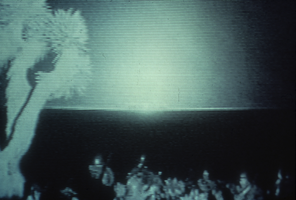
Above-ground nuclear tests at the Nevada Test Site, Nevada: photographic slide
Date
Archival Collection
Description
From the Sister Klaryta Antoszewska Photograph Collection (PH-00352). Slides #0735 through 0749.
Image
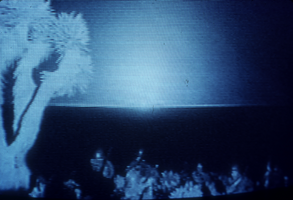
Above-ground nuclear tests at the Nevada Test Site, Nevada: photographic slide
Date
Archival Collection
Description
From the Sister Klaryta Antoszewska Photograph Collection (PH-00352). Slides #0735 through 0749.
Image
University of Nevada, Las Vegas Graduate Student Association Photographs
Identifier
Abstract
The University of Nevada, Las Vegas Graduate Student Association Photographs consist of photographs documenting the Graduate Student Association's elections, activities, and events from approximately 1980 to 1983. The collection includes color prints and polaroid photographs from art auctions, award ceremonies, picnic activities, and holiday events.
Archival Collection

Above-ground nuclear tests at the Nevada Test Site, Nevada: photographic slide
Date
Archival Collection
Description
From the Sister Klaryta Antoszewska Photograph Collection (PH-00352). From Slides #0735 through 0749.
Image
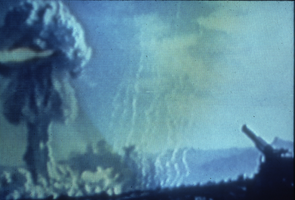
Above-ground nuclear tests at the Nevada Test Site, Nevada: photographic slide
Date
Archival Collection
Description
From the Sister Klaryta Antoszewska Photograph Collection (PH-00352). Slides #0735 through 0749.
Image
University of Nevada, Las Vegas Vice President of Administration Records
Identifier
Abstract
The University of Nevada, Las Vegas Vice President of Administration Records (1973-1983) contains the professional correspondence of Brock Dixon, Vice President of Administration at the University of Nevada, Las Vegas (UNLV) from 1976 to 1983. Materials include include letters from Dixon to the Affirmative Action Officer, UNLV campus administrators, and departments from other United States colleges and universities.
Archival Collection
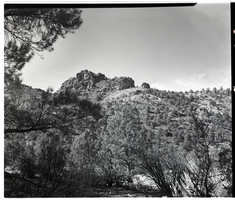
Film transparency of the Beaver Dam area near Carp, Nevada, November, 1954
Date
Archival Collection
Description
Image
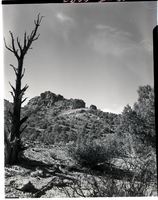
Film transparency of the Beaver Dam area near Carp, Nevada, November, 1954
Date
Archival Collection
Description
Image
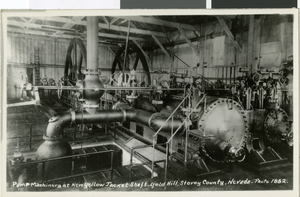
Postcard of machinery, Goldfield, Nevada, 1882
Date
Archival Collection
Description
Image
Nevada Historical Project: Mexicans and Other Hispanics in Nevada, 1988
Level of Description
Archival Collection
Collection Name: Thomas Rodriguez Professional Papers
Box/Folder: Box 01
Archival Component
